Another morning done.
Phew.
Now breathe.
They survived the gauntlet for another day.
Your nerves, less so.
Head pounding, eyes sore, throat raw.
Hands on edge – are they shaking?
Standard morning.
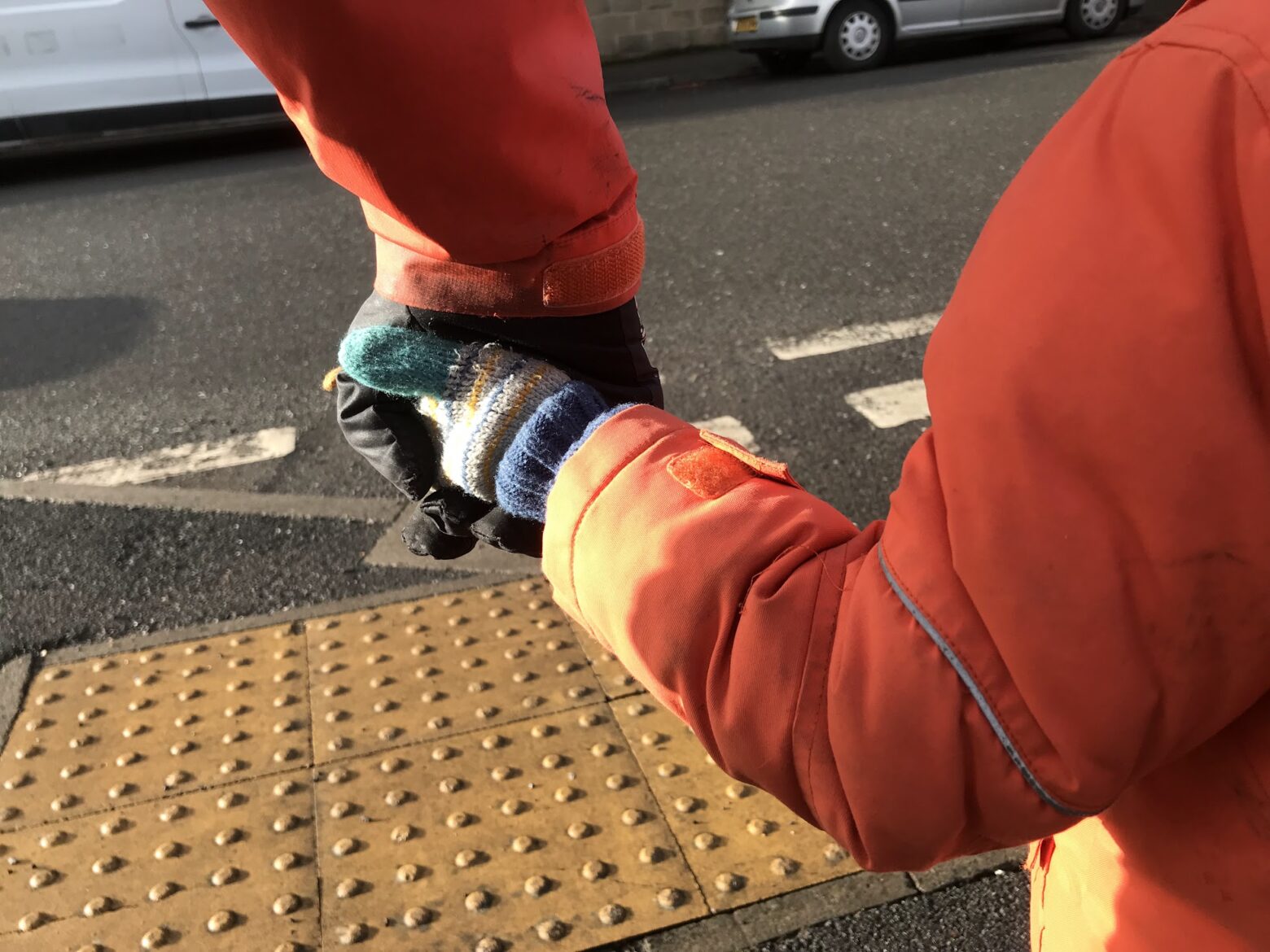
Another morning done.
Phew.
Now breathe.
They survived the gauntlet for another day.
Your nerves, less so.
Head pounding, eyes sore, throat raw.
Hands on edge – are they shaking?
Standard morning.
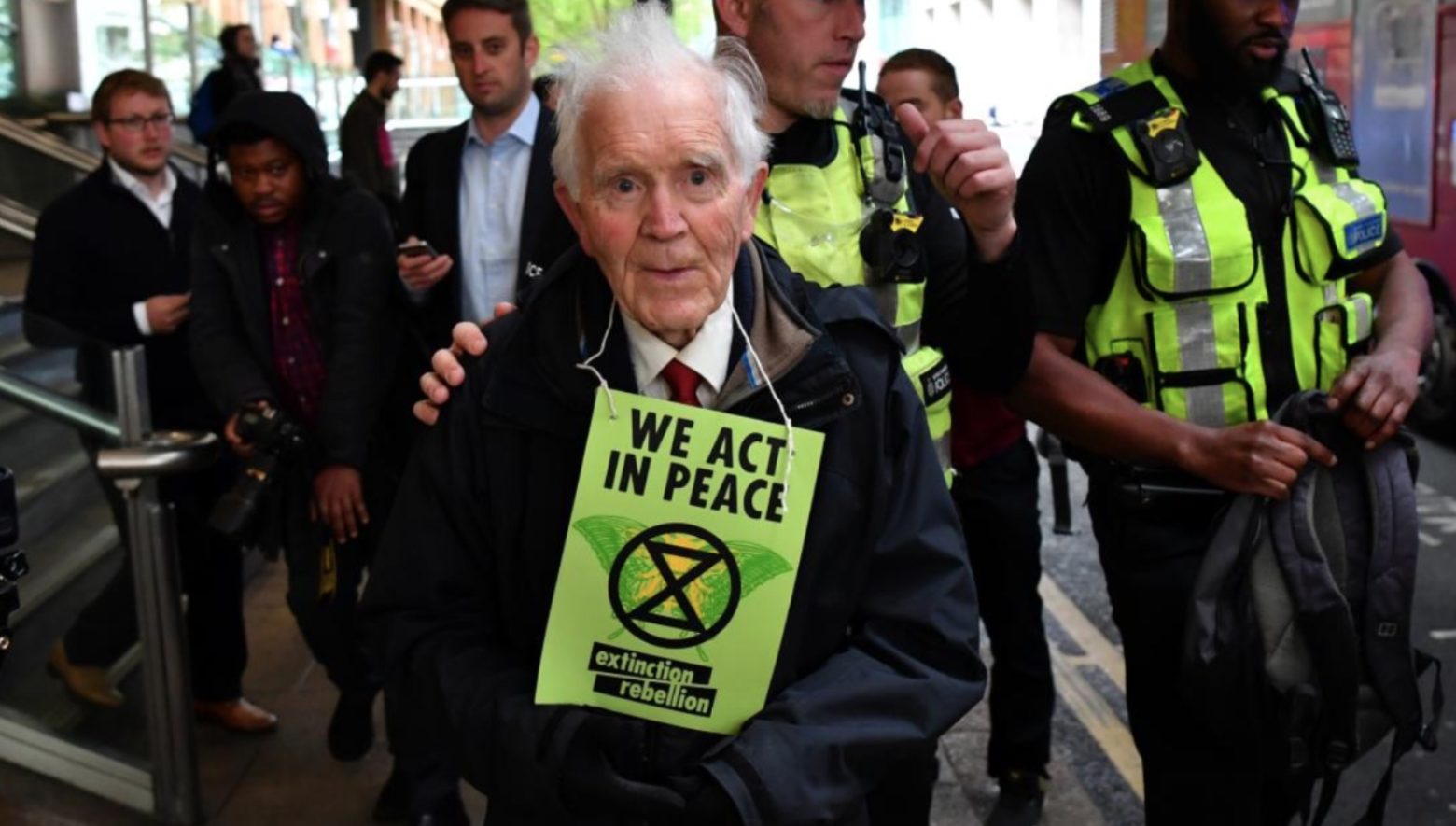
I preached for the first time at our church in Sheffield. Thinking about how our faith in a God of love, life and recreation might mean we need to start to break some rules.
Read More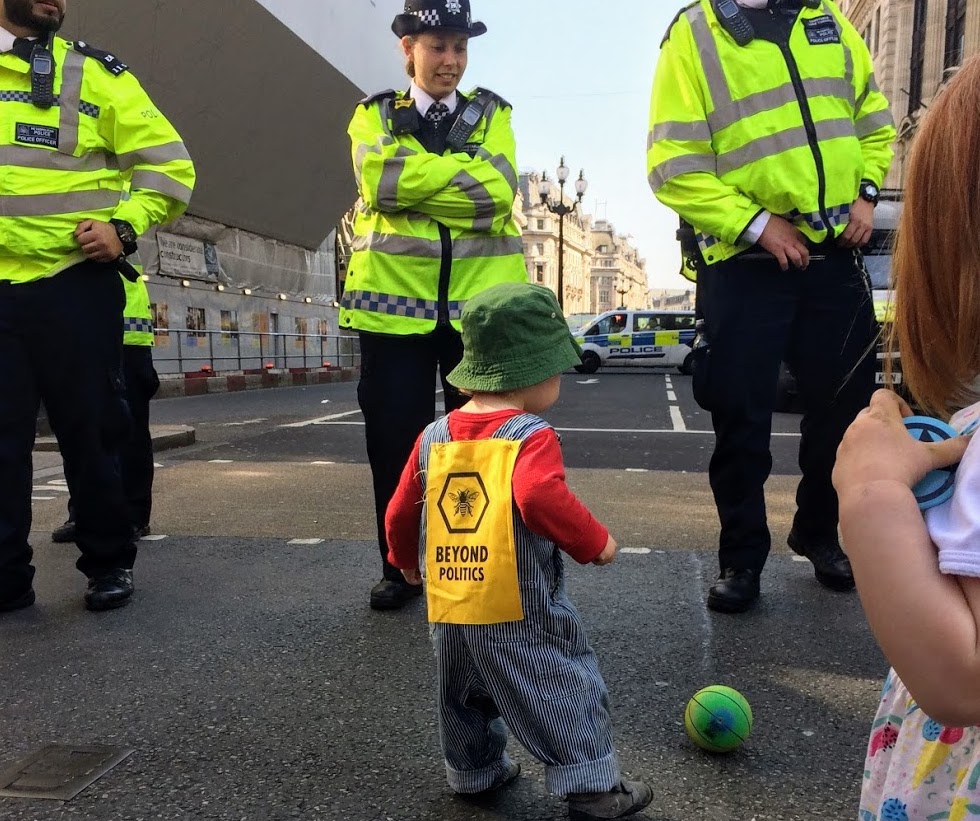
The Star has done us a service in publishing Neville Martin’s letter. By sharing his view it encourages us to consider what we accept, and to try to respond. I’ve never written to a newspaper before, but I thank Neville for encouraging me.
20 of the hottest years globally have been recorded in the last 22 years. This is due to the highest concentration of CO2 in our atmosphere for over 400,000 years. During previous ice ages it only got up to 280 parts per million; this week it is 414. Scientists around the world agree that it is not a coincidence. Humans have done this, but it is largely the actions of the few wealthier ones, and it’s debatable how happy it has made even them.
Read MoreWe spent an amazing week taking part in the Extinction Rebellion in London from 15 April 2019.
It was the most beautiful, inspiring, humbling, encouraging week.
I did a video diary clip each of the 7 days we were there, to share some of what we were doing and experiencing. Here they are: Read More
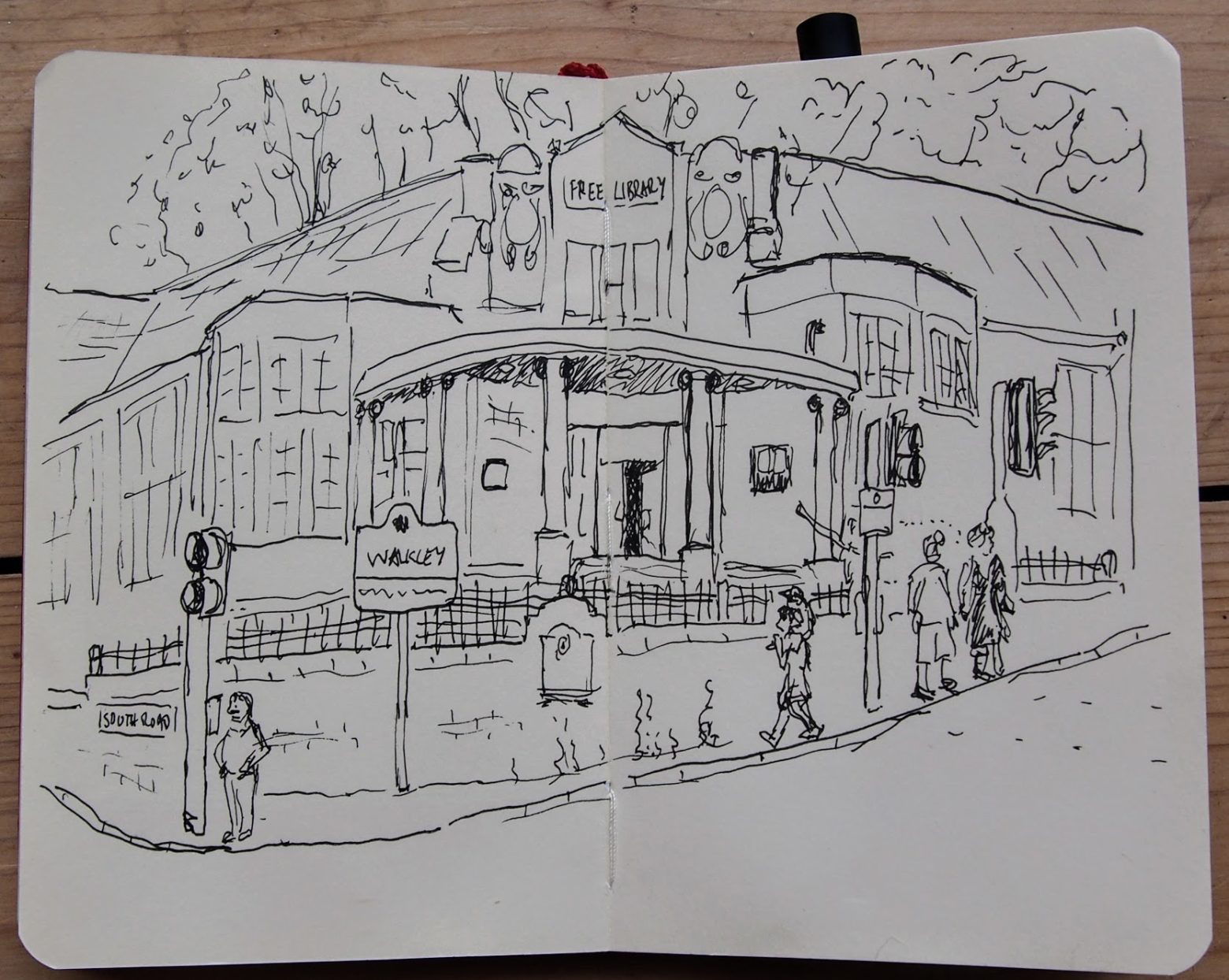
South Road is the main street in Walkley, Sheffield. It has a history of being a vibrant local shopping street. Though there are no longer 13 grocers shops (!), there are many excellent independent shops and local services.
There is now also a lot of motor traffic. It has constant passing traffic during the day. In the evening peak it becomes a long queue of vehicles, and later on drivers speed through.
Read More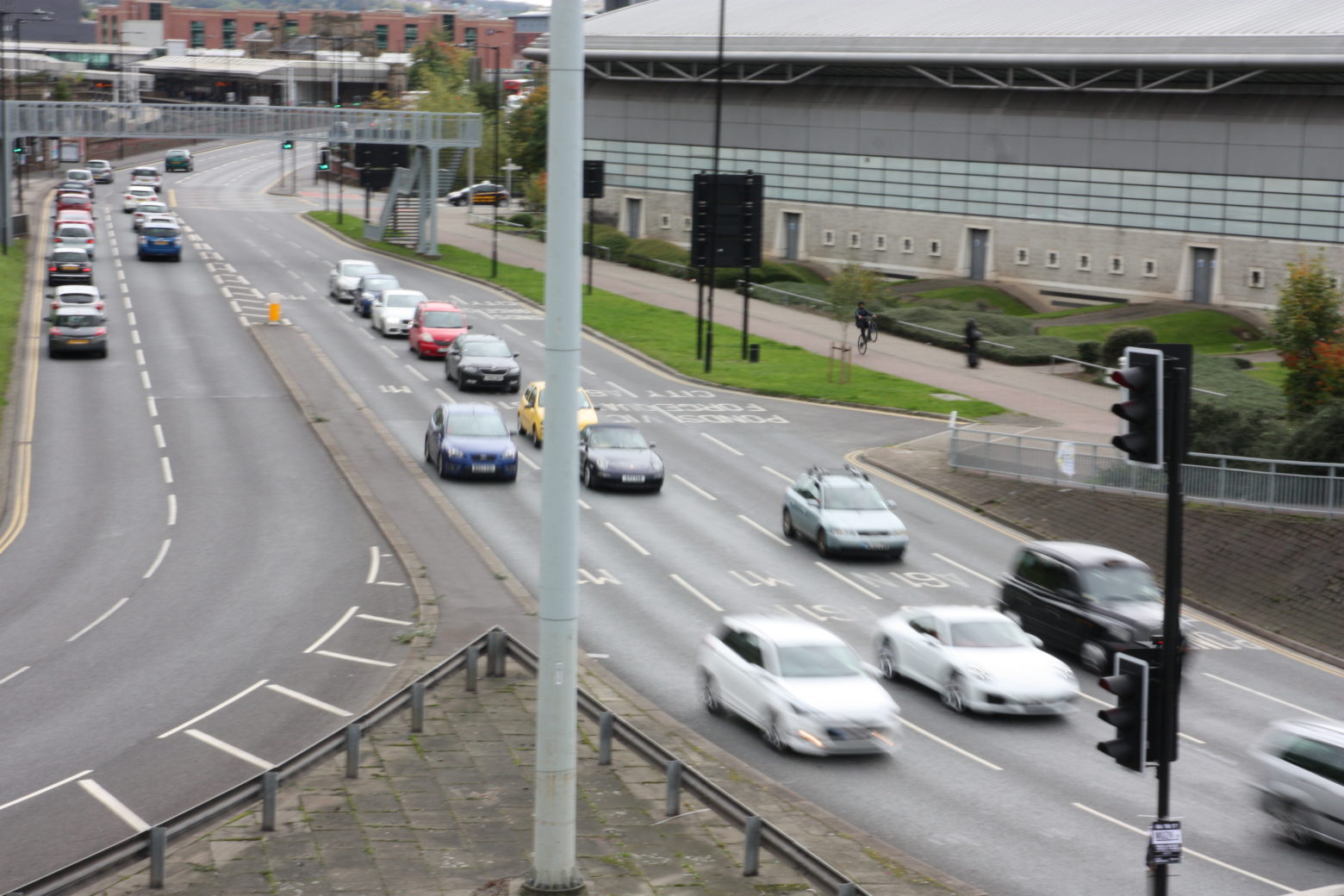
We had a bit of Daddy-daughter time today, out exploring and taking photos for the Sheffield Photo Marathon (here’s last year’s).
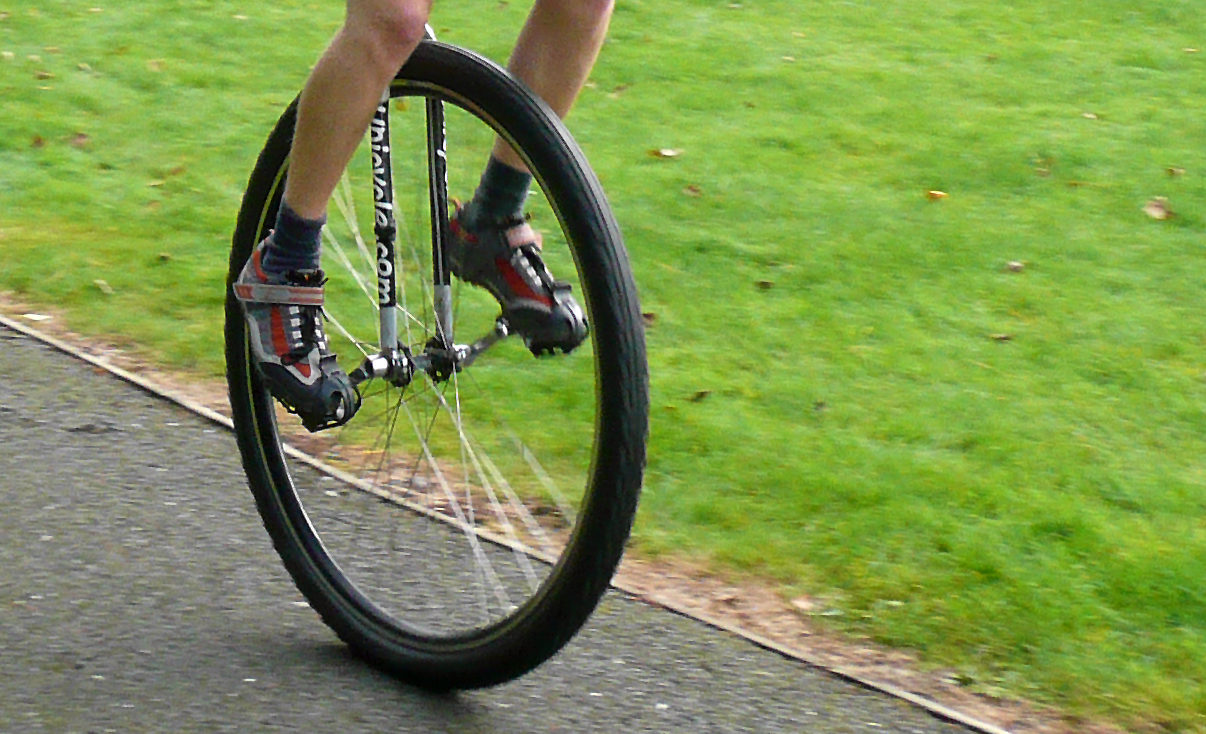
“Keep it going, nice and steady.”
A good thing to hear when you’re riding a unicycle in the middle of the night.

Each week there are fresh reasons to tackle climate change urgently. This week for America it’s hurricane Irma. The records keep getting broken, and ice keeps melting faster than we expect. But it’s been years since it was hot news or something many politicians thought was a vote winner.
There was a time when calculating your carbon footprint was in vogue. You could end up with all sorts of answers. Sadly that never helped very much, but at least it showed people cared.
I think people still care.
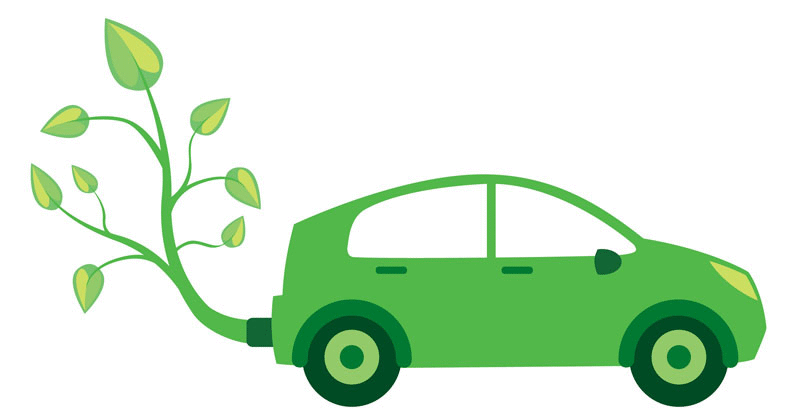
But I was doing what they wanted me to! I’m trying to be responsible and eco-friendly. I was positively encouraged to buy this car by the authorities, yet now they’re persecuting me for using it. It’s just not fair. I expect compensation.
Does this sound like the complaint of today’s diesel drivers?
What if the exact same thing is being repeated in a few years’ time by electric car drivers?
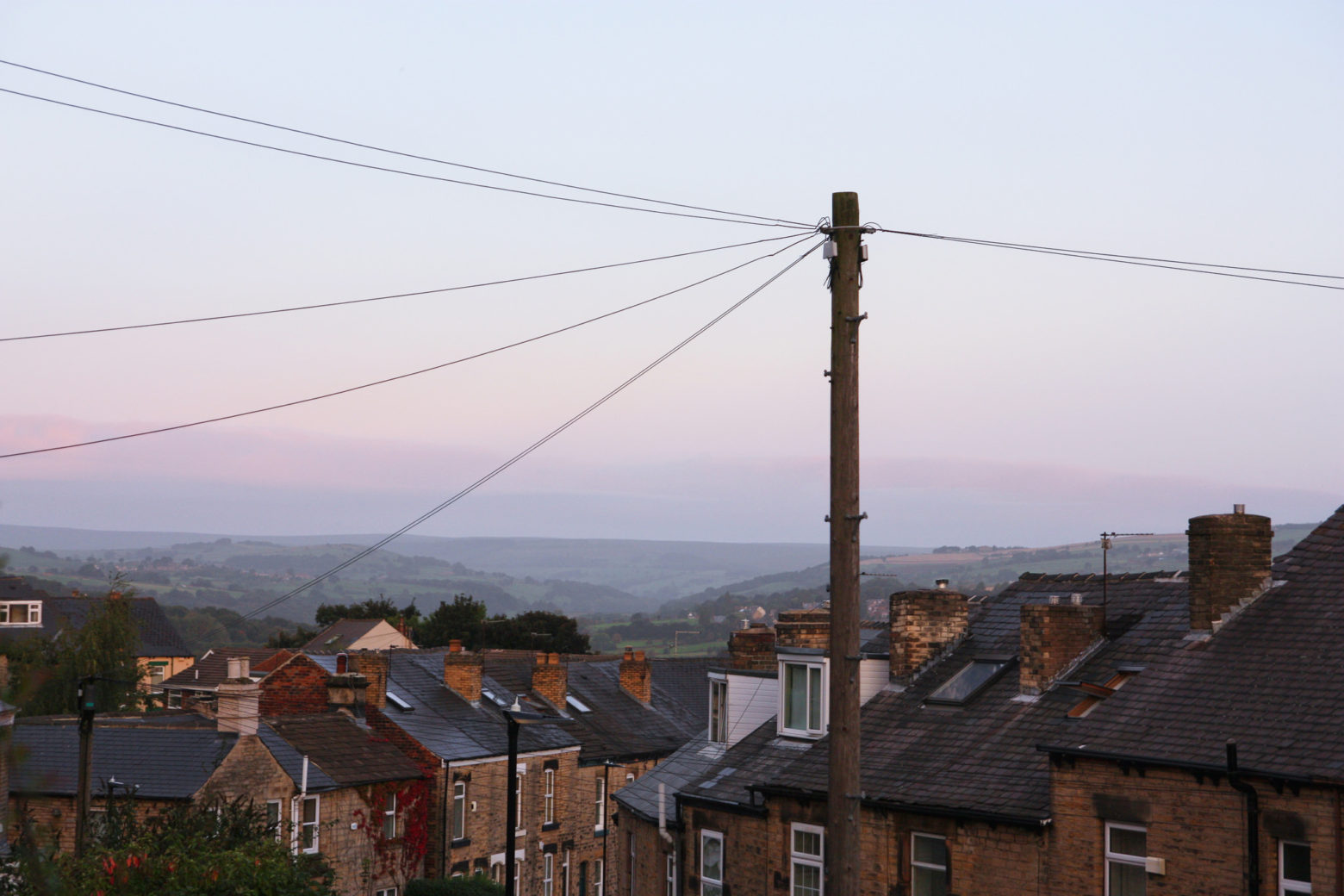
I didn’t grow up in Sheffield.
We were looking for somewhere to make home. We could have chosen anywhere. We picked here.